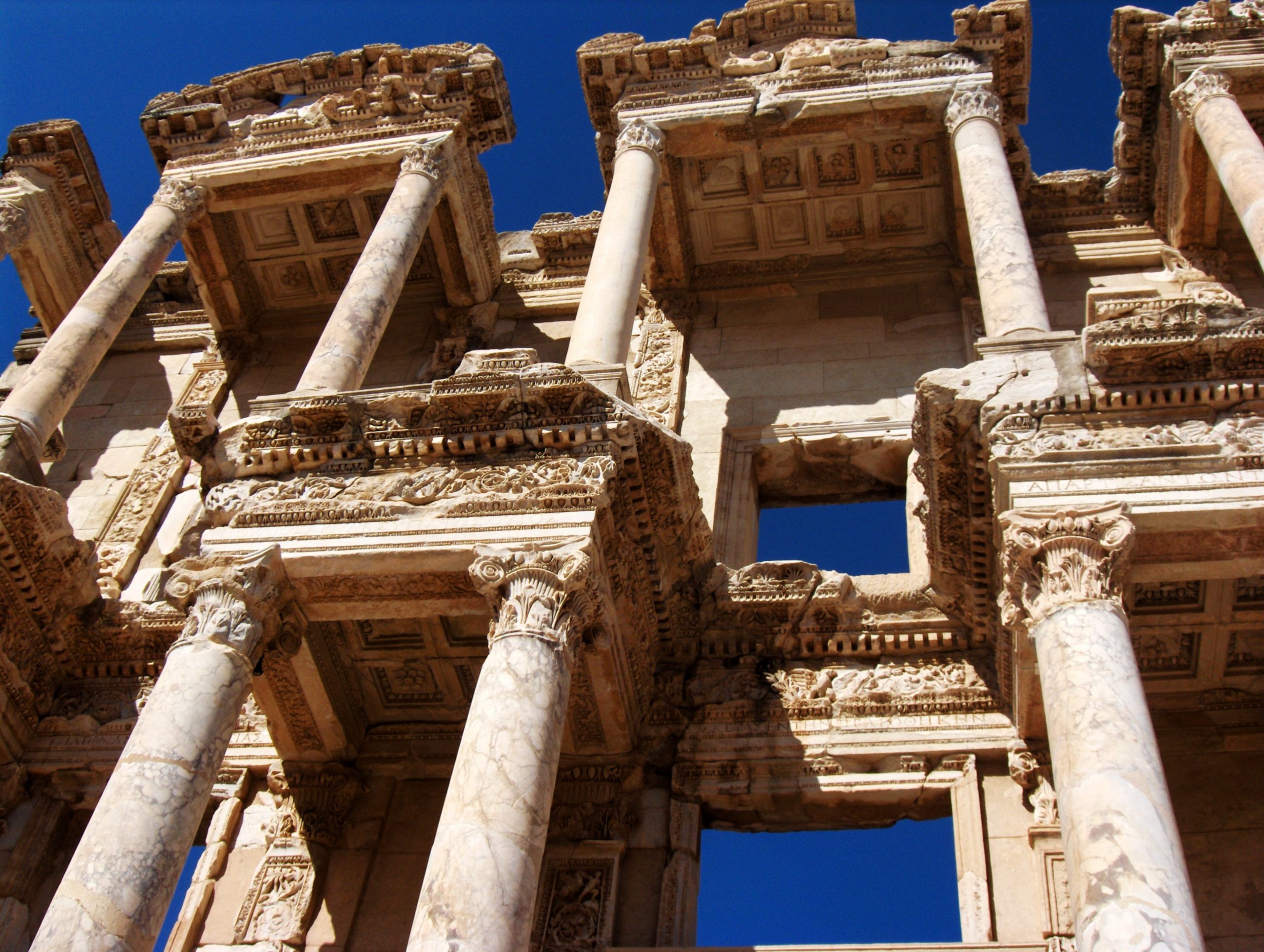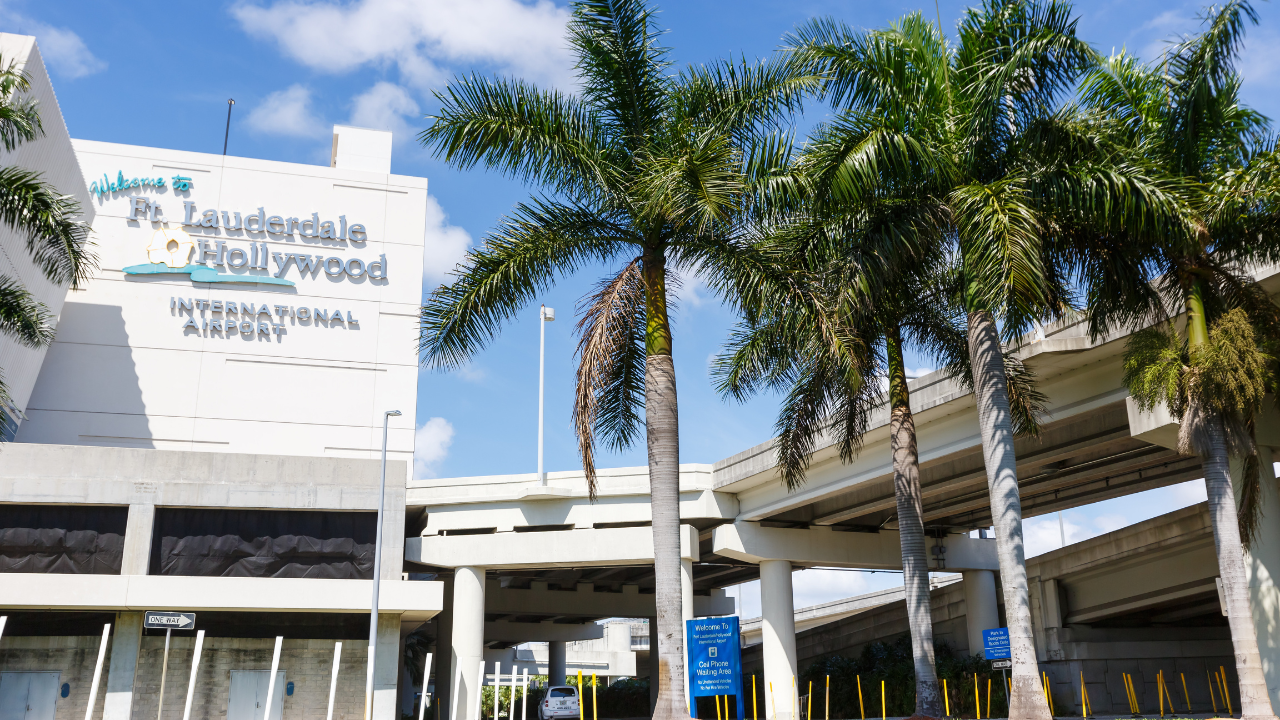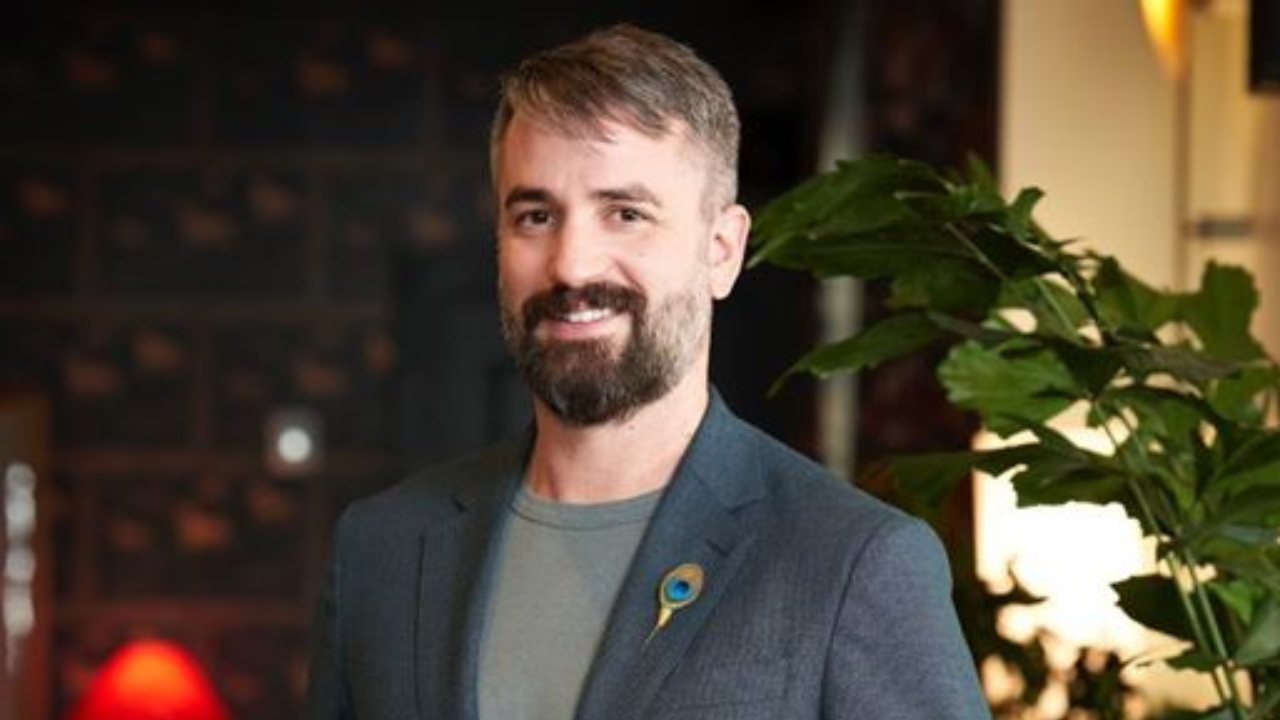By Michael Levin
Dating from the 10th century B.C., and built by Greek colonists before it came under Roman rule in 129 B.C., the ancient city of Ephesus is older than the Colosseum in Rome, older than the Parthenon in Athens. You can reach Ephesus, as we did, by taking a day trip from our Seabourn cruise, from Istanbul to Athens. Though Ephesus is closest to the Turkish port of Kusadasi, we reached it via Cesme, a lovely Turkish Riviera resort town, on the second full day of the cruise, following the Greek island of Lemnos.
Though evidence of human habitation in Ephesus stretches back several thousand years, most visitors are drawn to the Roman ruins on the spot. The smart way to enter Ephesus is from the higher elevation egress, where the Roman Senate met, milled around in their own agora (public area), and otherwise socialized. We wandered into the well-preserved men’s room, which was sorely lacking in any sense of privacy that we take for granted today: Romans would pull up their togas and sit thigh to thigh, doing their personal business while talking about politics.
We took in Ephesus’s most identifiable, most photographed site: the façade of the two-story Library of Celsus, rebuilt by archaeologists in the 1970s after being levelled by an earthquake a thousand years ago. Representing the city’s Roman period and immediately identifiable by its 16 columns, the façade features, on its second floor, open doorways that now frame nothing but the hard, blue sky. To the right of the library are the residential areas, where the population lived, worked, cooked, ate, shopped, and entertained themselves.
The stone, semicircular Roman theater, which appeared at the end of our walk and is completely dazzling, can seat more than 24,000 people and is still in use today for concerts by the likes of Elton John and U2, as well as performances of classical music and ballet.
We were visiting on a summer day, which meant that we were sharing such scenes with plenty of other tourists. The challenge, therefore, was to imagine transporting oneself two millennia backwards in time, the buildings around us once again complete and colorful, the passersby sporting togas rather than shorts and t-shirts, and to realize that we were standing not amid ruins but in the heart of a populous, confident, wealthy city bearing the stamp of ancient Rome.
Such imagining became easier by looking at the surrounding mountains and the inspiring view down to the sea. What we saw in nature was identical to what the ancient Greeks and Romans saw, the reasons why they choose this spot, out of all others.
The Turkish government has lavished enormous resources, time and care on the excavation and restoration of this vital historical site. On a cruise itinerary that included gorgeous Mediterranean beaches, alfresco dining and other charms of pedestrian-friendly towns, all of them dripping in pink bougainvillea (in Lemnos, Bodrum, Rhodes and Santorini), to also have the opportunity to experience one of the world’s major archeological sites was almost too much to ask for. Seabourn, as always, answers the calls that aren’t even voiced.
New York Times bestselling author and ghostwriter Michael Levin runs www.AmericasBestGhost.com.














